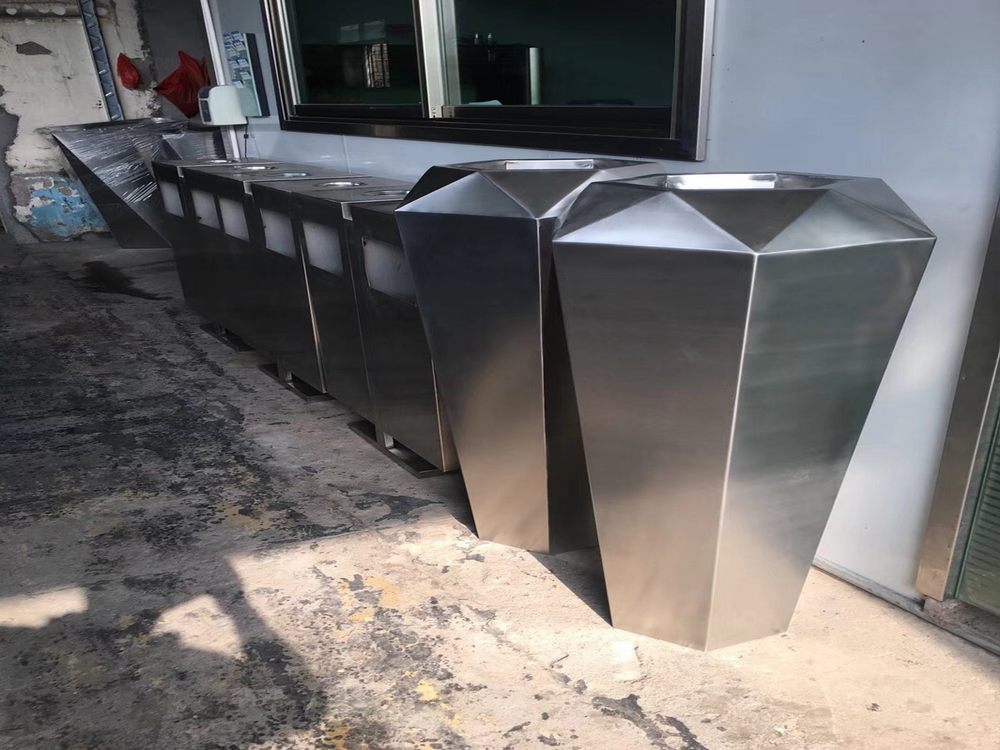
Artists harness the unique light-reflective properties of metal to create sculptures that transform with changing lighting conditions. By carefully selecting materials like polished stainless steel, bronze, or aluminum, sculptors can manipulate how light interacts with their work. Techniques such as precision polishing create mirror-like surfaces that reflect surroundings, while textured finishes produce more diffuse light patterns.
Some artists incorporate kinetic elements that move with wind or viewer interaction, causing shifting light reflections. Others use strategic surface treatments - alternating matte and glossy areas - to control light absorption and reflection. The angle of curvature in metal forms dramatically affects how light plays across the sculpture's surface throughout the day.
Contemporary sculptors often combine metals with different reflective qualities in single pieces, creating complex visual dialogues between materials. Some even integrate LED lighting systems to enhance the reflective effects at night. This mastery of light interaction allows metal sculptures to become dynamic artworks that evolve with their environment, offering viewers constantly changing visual experiences.
The most successful light-reflective sculptures consider their permanent installation context, accounting for sunlight angles, artificial lighting, and surrounding architecture to maximize their luminous effects. This thoughtful integration of material properties and environment creates artworks that feel alive through their ever-changing appearance.

